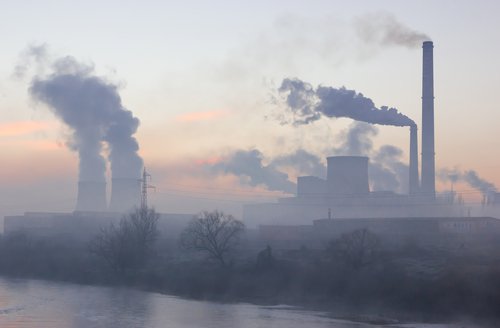The EU is centring hydrogen in its quest to achieve carbon neutrality by 2050, writes Ondřej Knotek MEP.
Brussels (Brussels Morning) As part of the goal to reach carbon neutrality in Europe by 2050, the European Commission introduced a hydrogen strategy to decarbonise emission-intensive industry and heavy transport.
Its popularity, not just in Europe but worldwide, is no concoction. Hydrogen can be used as a feedstock or fuel across multiple sectors without emitting CO2 or other forms of air pollution.
Additionally, hydrogen could be used for seasonal storage and be transported to distant demand centres.
Its purpose is, therefore, apt and urgent.
Three-pronged approach
The EU’s hydrogen strategy for a climate-neutral Europe lays down three strategic phases all focusing scaling up both supply and demand of renewable hydrogen. Each member state has an opportunity to maximise their renewable ambitions and decarbonise industries that cannot be electrified.
The first phase, starting this year, will revise the regulatory framework, to better suit in the approaching fuel-cell technology era. Moreover, the plan focuses on bringing the cost between low-carbon and renewable hydrogen. As both types of hydrogen are important to leverage the playing field of all member states, and clear definitions and standards should be created. Nevertheless, research and innovation in electrolysis and fuel cell technology are to be strongly endorsed to accelerate the affordability of the technology.
During the second phase, starting in 2025, the EU will focus on retrofitting the gas grid network, as supported by the recent revision of the TEN-E guidelines. The costs are estimated to be 65 billion euros for retrofitting, ensuring that each member state has access to price competitive renewable hydrogen. I very much welcome the idea that European Clean Hydrogen Alliance will establish the investment agenda.
In my opinion, the EU should be self-sufficient in the production of hydrogen. This would keep capital within the union and make us resilient to any future market instabilities. Coming from Central Europe, where our options are limited due to our geographic location and limited options for wind and solar energy, it is important to utilise the option of nuclear and gas-based hydrogen. While natural gas hydrogen will serve its purpose during transitional periods, we have to recognise the benefit of nuclear energy when it comes to effectiveness. Moreover, nuclear produced hydrogen ensures equality between states that have and do not have offshore wind facilities.
High uptake
I am pleased for the broad uptake of offshore wind hydrogen production, it being the most efficient method to date. Introducing hydrogen to European energy mix will deliver an integrated and flexible energy system. Moreover, the socio-economic benefits of pan-European hydrogen production are unambiguous, creating new employment opportunities for many Europeans.
In 2021, the Commission is going to adjust the Trans-European Transport Networks (TEN-T) ,which will accelerate the deployment of different refuelling infrastructure. Additionally, the Commission is expected to deliver revision on the “Natural Gas” Directive 2009/73/EC later this year.
In upcoming years, it will be crucial to ensure EU hydrogen self-sufficiency and the laying down of the hydrogen legislative framework, while technological neutrality should be respected to ensure that all EU regions have access to hydrogen. Therefore, synergy of offshore and local hydrogen production in all EU regions can vastly contribute to the EU’s climate transition success story.




